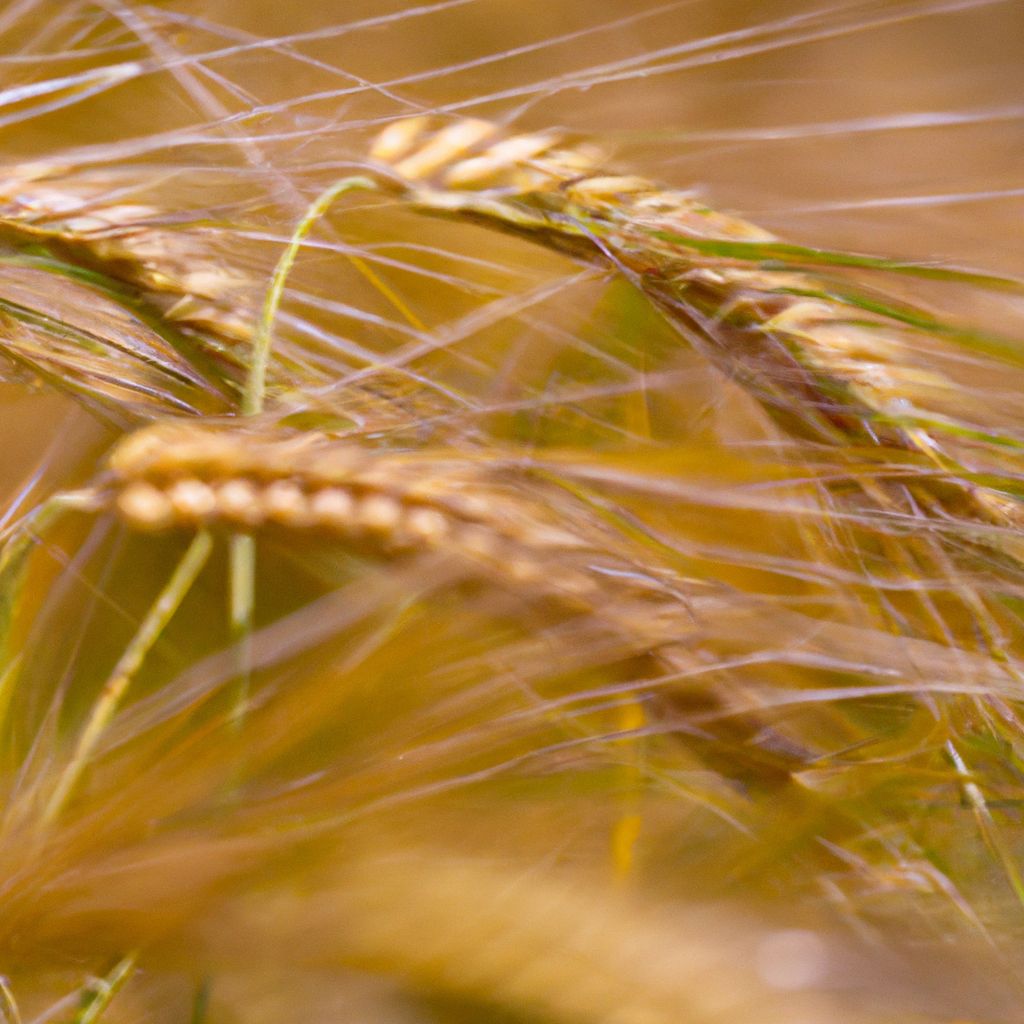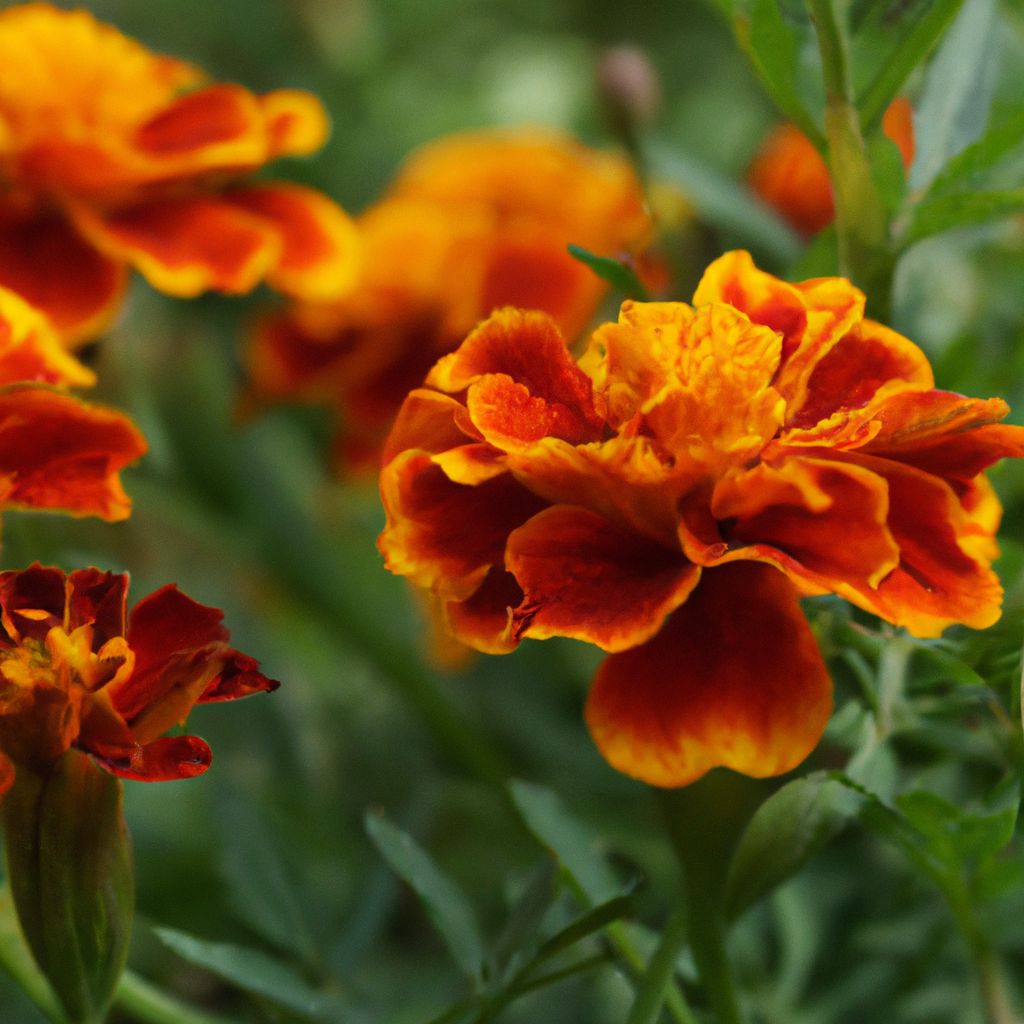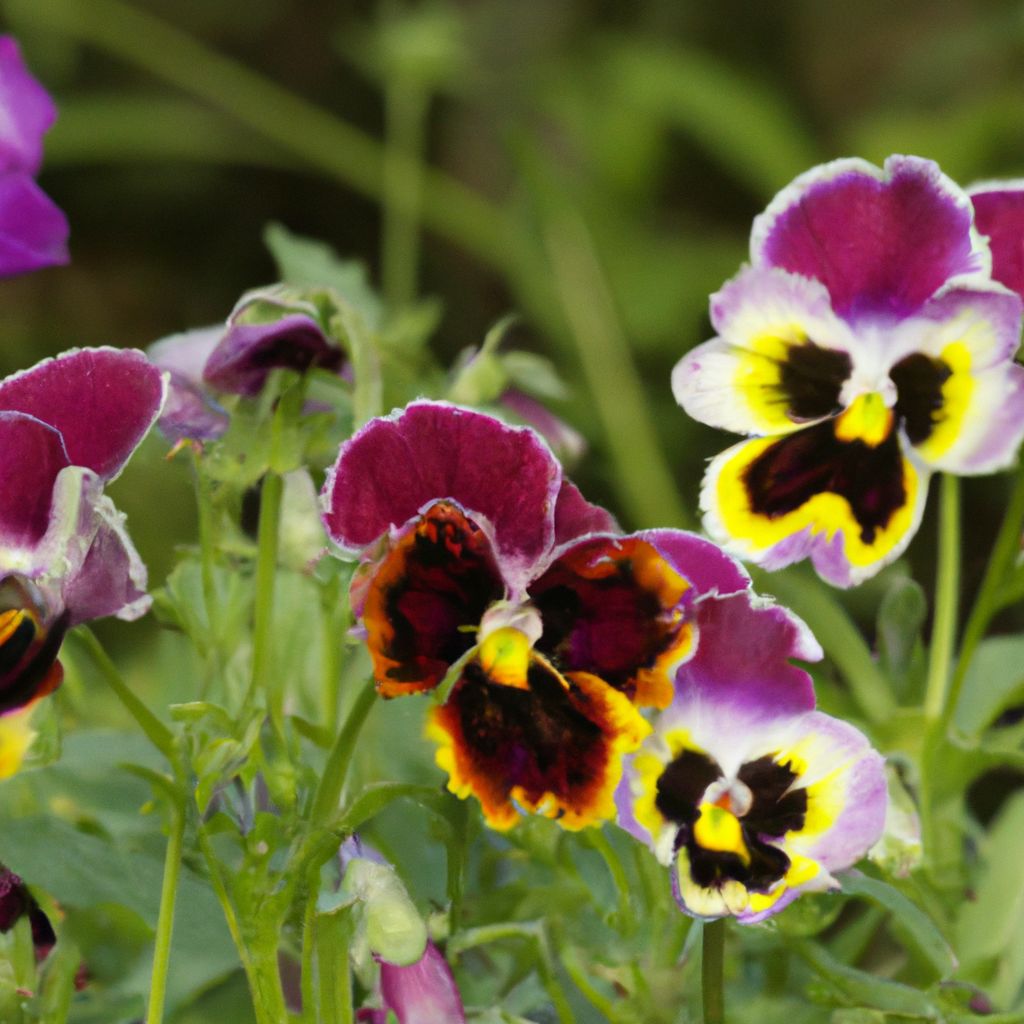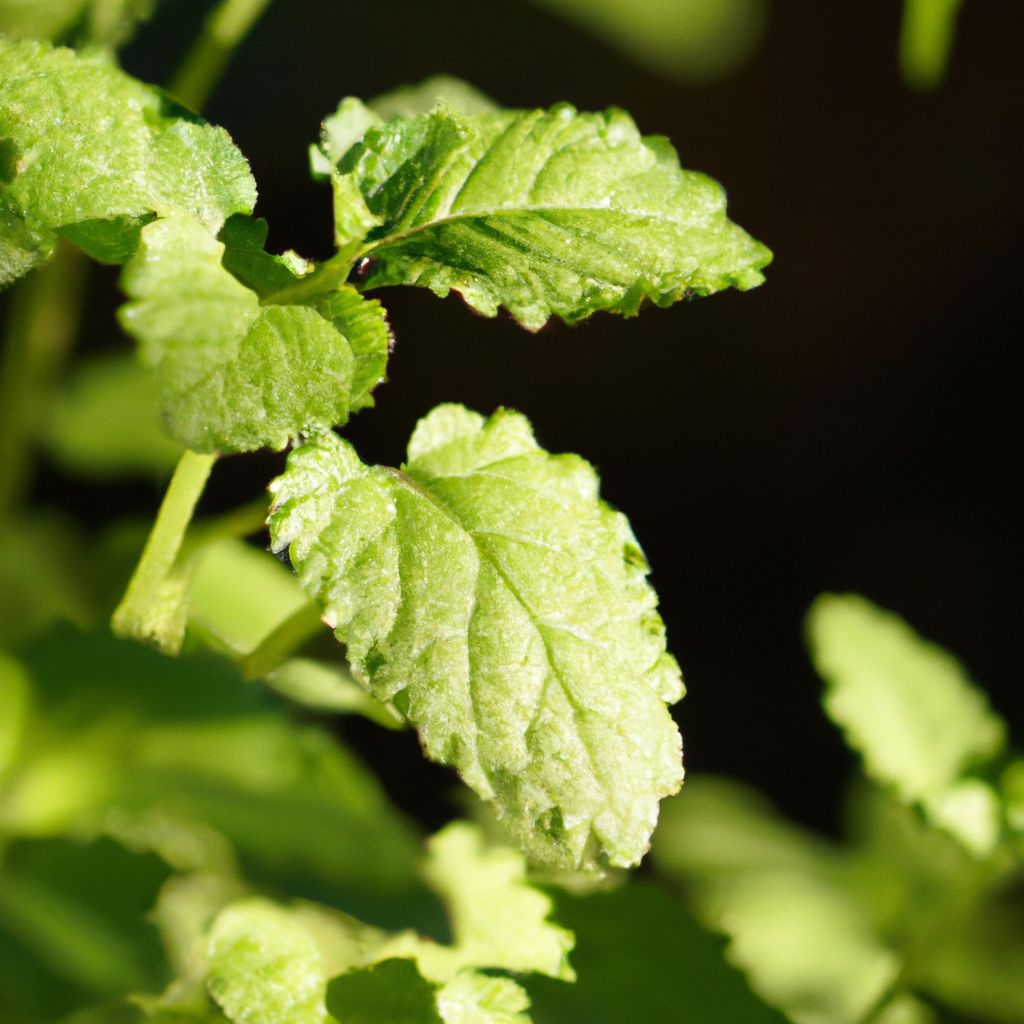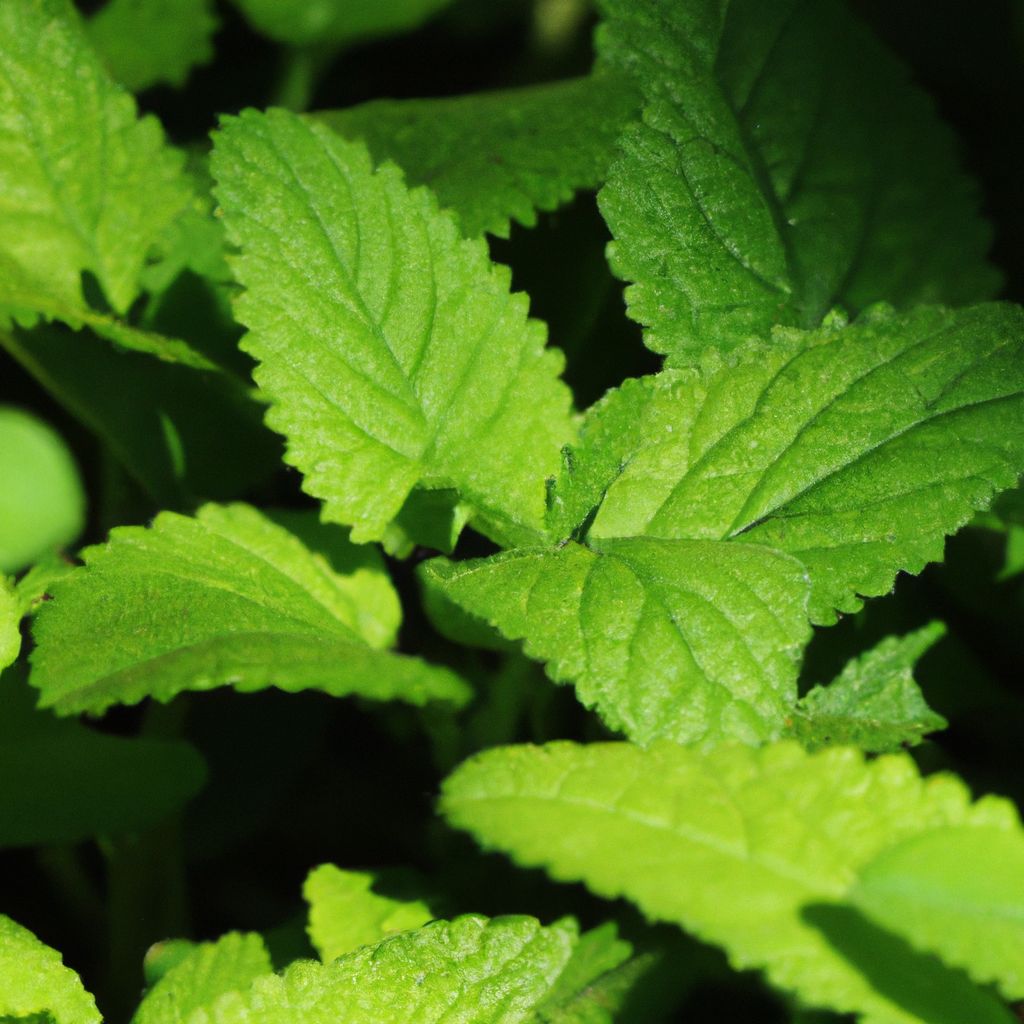Cultivating barley can be a gratifying experience that allows you to grow your own grains and enjoy the fresh, wholesome products that result from your efforts. Whether you have a passion for gardening, a desire to be more self-sufficient, or an interest in exploring sustainable agricultural practices, learning about barley growing conditions and how to farm and harvest is a valuable skill that offers numerous benefits.
The Versatility of Barley
Barley is a remarkably versatile crop with a wide range of applications. Beyond its use in brewing and distilling, barley grains can be incorporated into various culinary dishes, such as soups, stews, salads, and baked goods. Additionally, barley is a nutritious grain that is rich in fiber, vitamins, and minerals, making it a healthy addition to any diet.
Self-Sufficiency and Sustainability
Growing your own barley can be a rewarding step towards self-sufficiency and sustainable living. By cultivating this hardy grain, you can reduce your reliance on commercially grown and processed foods, while also minimizing your carbon footprint through reduced transportation and packaging requirements.
Connecting with Nature and Tradition
Barley cultivation also offers an opportunity to connect with nature and embrace agricultural traditions. As you nurture your barley plants from seed to harvest, you’ll gain a deeper appreciation for the cycles of nature and the hard work involved in producing food. Moreover, growing barley can be a way to preserve and celebrate cultural heritage, as this ancient grain has played a significant role in many culinary and brewing traditions around the world.
Choosing the Right Barley Variety
Before you embark on your barley growing journey, it’s crucial to select the right variety that is well-suited to your specific growing conditions. There are several factors to consider when choosing a barley variety, including climate suitability, disease resistance, and the intended use for the harvested grains.
Types of Barley
Barley can be categorized into two main types: hulled (or covered) barley and hull-less barley.
- Hulled Barley: This is the most common type of barley, and it requires the removal of its tough outer hull before consumption. Hulled barley comes in various forms, such as whole barley, barley grits, and barley flakes. When cooked, it provides a chewy texture and is rich in fiber content.
- Hull-less Barley: As the name suggests, this type of barley has a looser hull that separates easily from the grain during harvesting. This makes it simpler to process and use directly for cooking or grinding into flour without the need for de-hulling.
Within these two main types, there are also different varieties, each with unique characteristics and uses.
- Two-row Barley: This variety is commonly used for malting and brewing beer due to its high enzyme content and consistent kernel size.
- Six-row Barley: With higher protein content than two-row barley, this variety is frequently utilized for animal feed and whiskey production.
Factors to Consider When Choosing a Variety
When selecting a barley variety, consider the following factors:
- Climate Suitability: Choose a variety that is well-adapted to your local climate, taking into account temperature ranges, humidity levels, and rainfall patterns.
- Disease Resistance: Look for varieties that are resistant to common diseases in your area, such as powdery mildew, scald, and leaf rust.
- Intended Use: If you plan to use your barley for brewing, opt for malting varieties with high enzyme content. If your goal is animal feed or human consumption, consider varieties with higher protein levels.
- Yield Potential: Assess the yield potential of different varieties to ensure a bountiful harvest.
- Maturity Time: Consider the maturity time of the variety, as some may mature earlier than others, which can be advantageous in regions with shorter growing seasons.
By carefully considering these factors, you can select the barley variety that best suits your needs and maximizes your chances of a successful crop.
Preparing the Soil
Creating an optimal growing environment for your barley plants starts with properly preparing the soil. This involves testing the soil pH and nutrient levels, as well as improving soil drainage and structure.
Testing Soil pH and Nutrient Levels
Testing the soil pH and nutrient levels is crucial to ensure that the soil meets the requirements for barley cultivation. Follow these steps:
- Collect Soil Samples: Take soil samples from various areas within your intended barley growing region.
- Use a Testing Kit or Laboratory: You can use a soil testing kit or send the samples to a professional laboratory for analysis.
- Analyze pH Level: The ideal soil pH range for barley cultivation is between 6.0 and 7.5. If your soil is too acidic or too alkaline, you’ll need to make adjustments to bring the pH into the desired range.
- Check Nutrient Levels: The essential nutrients for barley growth include nitrogen, phosphorus, and potassium. The soil test will reveal the concentrations of these nutrients, allowing you to address any deficiencies through the application of appropriate fertilizers.
- Make Necessary Adjustments: Based on the results of your soil analysis, take steps to adjust the soil pH and nutrient levels. This may involve adding organic matter, applying lime or sulfur (to adjust pH), or incorporating fertilizers to provide the necessary nutrients.
- Retest After Adjustments: After making the necessary adjustments, it’s advisable to retest the soil to ensure that the pH and nutrient levels are now within the optimal range for barley cultivation.
Improving Soil Drainage and Structure
Proper soil drainage and structure are essential for successful barley growth. Follow these steps to improve these aspects of your soil:
- Assess Soil Compaction: Determine if your soil is compacted by conducting a soil compaction test. Compacted soil can hinder water drainage and root growth.
- Aerate the Soil: Use a garden fork or a mechanical aerator to loosen compacted soil, allowing for better water penetration and air circulation.
- Add Organic Matter: Incorporate well-rotted compost or manure into your soil. Organic matter improves soil structure, enhances water-holding capacity, and promotes drainage.
- Manage Water Flow: If your soil is prone to waterlogging, consider creating drainage paths by digging trenches or installing drainage pipes to remove excess water from the growing area.
- Use Raised Beds: In areas with poor drainage, planting barley in raised beds can significantly improve soil structure and water drainage.
By addressing soil pH, nutrient levels, and drainage issues, you’ll create a hospitable environment for your barley plants to thrive.
Planting Barley Seeds
Determining the optimal planting time and ensuring proper seed spacing are crucial steps in the barley growing process.
Determining the Optimal Planting Time
Planting barley at the right time is essential for a successful harvest. Here are some guidelines to help you determine the ideal planting time:
- Consult Local Planting Calendars: Refer to local planting calendars or resources from your agricultural extension office to determine the recommended planting dates for barley in your region.
- Consider Soil Temperature: Barley is a cool-season crop, and the ideal soil temperature for planting ranges between 40°F and 60°F (4°C to 15°C).
- Observe Frost Dates: It’s crucial to plant barley after the last expected frost date in your area to prevent damage to the young seedlings.
- Monitor Weather Patterns: Pay attention to weather forecasts and avoid planting during periods of heavy rain or drought, as these conditions can hinder germination and early growth.
- Spring vs. Fall Planting: In some regions, barley can be planted in either early spring or late fall, depending on your climate and growing season length.
By carefully timing your planting, you’ll ensure that your barley seeds have the best chance of germinating and establishing a strong root system before the onset of harsh weather conditions.
Creating Furrows and Spacing Seeds
Proper seed spacing is essential for ensuring that each barley plant has access to adequate resources for healthy growth and development. Follow these steps when planting your barley seeds:
- Prepare the Soil: Ensure that your soil is well-tilled, free of debris, and has been properly prepared for planting.
- Create Furrows: Use a hoe or a furrow-making tool to create shallow furrows in the soil, spaced approximately 6 to 12 inches (15 to 30 cm) apart, depending on the barley variety and your intended use.
- Space the Seeds: Place the barley seeds evenly along the furrows, maintaining a spacing of 2 to 3 inches (5 to 7.5 cm) between each seed. This spacing allows the plants to develop strong root systems and access adequate nutrients and water.
- Cover the Seeds: Gently cover the seeds with approximately 1 to 2 inches (2.5 to 5 cm) of soil, taking care not to bury them too deeply.
- Water the Seeds: After planting, water the furrows thoroughly to provide the seeds with the necessary moisture for germination.
- Maintain Proper Care: Once the seeds have germinated and the plants have emerged, continue to water them regularly and provide them with adequate sunlight and nutrients.
By following these guidelines for planting and seed spacing, you’ll create the optimal conditions for your barley plants to thrive and produce a bountiful harvest.
Nurturing Barley Growth
Once your barley seeds have germinated and the plants have emerged, it’s essential to provide optimal growing conditions to ensure their healthy development and maximize yields.
Ensuring Adequate Sunlight
Barley plants require ample sunlight for photosynthesis and proper growth. Follow these steps to ensure your plants receive adequate sunlight:
- Choose a Sunny Location: Select a planting area that receives full sun exposure throughout the day, with minimal shading from trees or structures.
- Avoid Obstructions: Regularly check the growing area for any potential obstacles that may block sunlight, such as overgrown vegetation or newly constructed buildings.
- Monitor Sun Exposure: Keep an eye on the sun’s position and intensity throughout the day, and orient your plants accordingly to maximize their exposure to direct sunlight.
- Provide Shade During Extreme Heat: While sunlight is crucial for barley growth, excessive heat can stress the plants. Consider providing temporary shade during the hottest parts of the day to prevent heat damage.
Watering Techniques
Proper watering is crucial for barley growth and development. Follow these guidelines:
- Assess Soil Moisture: Before watering, check the soil moisture by inserting your finger into the soil up to the second knuckle. If the soil feels dry, it’s time to water.
- Watering Frequency: Barley plants generally require regular and consistent watering. Aim to water them every 2 to 3 days, or adjust the frequency based on your local climate, rainfall, and soil drainage.
- Watering Amount: Provide enough water to moisten the top 6 to 8 inches (15 to 20 cm) of soil. This encourages the development of a strong and deep root system.
- Watering Method: Use a sprinkler system or a watering can with a rain nozzle attachment to ensure even distribution of water across the entire growing area.
- Avoid Overwatering: Be cautious not to overwater your barley plants, as excessive moisture can lead to root rot, fungal diseases, and other issues. Ensure proper drainage to prevent waterlogging.
- Morning Watering: Water your plants in the early morning when temperatures are cooler to minimize evaporation and reduce the risk of fungal diseases.
Controlling Weeds and Pests
Effective weed and pest management is essential for protecting your barley plants and ensuring a bountiful harvest. Implement an integrated pest management (IPM) strategy that combines various methods:
- Crop Rotation: Rotate your barley crop with other non-host crops to disrupt the life cycle of pests and reduce weed growth.
- Manual Weed Removal: Regularly inspect your field and manually remove any weeds that have emerged, taking care not to disturb the barley plant roots.
- Herbicides: If manual weed removal is not practical or effective, consider using herbicides specifically formulated for barley cultivation. Always follow the instructions carefully to avoid damaging your plants.
- Biological Control: Introduce natural predators or parasites of pests into your field, such as beneficial insects or birds that feed on common barley pests like aphids or leafhoppers.
- Monitoring and Scouting: Regularly monitor your barley plants for signs of pest infestations or disease, and take prompt action to address any issues before they become severe.
By implementing an IPM strategy, you can effectively manage weeds and pests while minimizing the use of chemical pesticides and promoting a healthier, more sustainable growing environment.
Maintaining Healthy Plants
Regular monitoring and maintenance are key to ensuring the health and productivity of your barley plants throughout their growth cycle.
Monitoring for Diseases and Nutrient Deficiencies
Vigilant monitoring of your barley plants can help you identify and address potential issues early, before they become severe and impact your harvest. Follow these steps:
- Visual Inspection: Regularly examine your barley plants for any signs of disease, such as spots, discoloration, wilting, or abnormal growth patterns. These can indicate the presence of fungal, bacterial, or viral infections.
- Nutrient Deficiency Symptoms: Be on the lookout for symptoms of nutrient deficiencies, such as yellowing or discoloration of leaves, stunted growth, or premature leaf drop. These can indicate a lack of essential nutrients in the soil.
- Soil Testing: Conduct periodic soil tests to assess the nutrient levels in your growing area. This will help you identify any deficiencies and adjust your fertilization regimen accordingly.
- Leaf Analysis: In addition to soil testing, you can also have leaf samples analyzed to determine the specific nutrient levels within the plant tissues. This can provide more accurate information about the nutrient requirements of your barley plants.
- Pest Monitoring: Regularly inspect your barley plants for signs of pest infestations, such as chewed leaves, discolored spots, or the presence of insects or their eggs. Early detection is crucial for effective pest management.
- Record Keeping: Keep detailed records of your observations, soil test results, and any actions taken to address issues. This will help you identify patterns and make informed decisions for future growing seasons.
By monitoring your barley plants closely and addressing any issues promptly, you can maintain their overall health and maximize their yield potential.
Pruning and Thinning
Pruning and thinning are important practices for promoting healthy barley growth and improving air circulation, which can help prevent disease and pest infestations. Follow these guidelines:
- Assess Plant Density: Evaluate the density of your barley plants and identify areas where they are growing too closely together. Overcrowding can lead to competition for resources and increased risk of disease.
- Remove Weak or Diseased Plants: Carefully remove any plants that appear weak, stunted, or diseased, as they are unlikely to recover and can potentially spread problems to healthy plants.
- Thin Out Overcrowded Areas: In areas where plants are growing too densely, thin out the plants by removing some of them to create more spacing between the remaining plants. Aim for a spacing of 4 to 6 inches (10 to 15 cm) between plants.
- Prune Excessive Growth: Use pruning shears or scissors to trim away any excessive growth, such as long or drooping stems, that may be obstructing airflow or creating a favorable environment for pests and diseases.
- Dispose of Pruned Material: Carefully dispose of any pruned or thinned plant material by composting or burning it, depending on whether it is diseased or not. This will help prevent the spread of any potential problems.
By regularly pruning and thinning your barley plants, you’ll promote better air circulation, reduce the risk of disease and pest infestations, and ensure that each plant has access to the resources it needs to thrive.
Harvesting and Storing Barley
Knowing when to harvest your barley and how to properly dry and store the grains is crucial for preserving their quality and ensuring a bountiful harvest.
Determining the Right Time for Harvest
Timing is everything when it comes to harvesting barley. Here are some indicators to help you determine the optimal time for harvest:
- Grain Color: As the barley grains mature, they will change color from green to a golden or amber hue, indicating that they are nearing maturity.
- Moisture Content: Use a moisture meter to measure the moisture content of the grains. For barley, the ideal moisture content for harvest is around 12% to 14%.
- “Squeeze Test”: Take a handful of barley grains and gently squeeze them between your fingers. If the grains crack or shatter easily, it’s a sign that they are ready for harvest.
- Plant Health: Observe the overall health and appearance of the barley plants. If the leaves and stems are yellowing and drying out, it’s an indication that the grains are reaching maturity.
- Weather Conditions: Try to plan your harvest during a period of dry weather to prevent moisture-related issues and allow for proper drying of the harvested grains.
Properly Drying and Storing Barley Grains
After harvesting your barley, it’s crucial to properly dry and store the grains to preserve their quality and prevent spoilage. Follow these steps:
- Drying the Grains: Spread the harvested barley grains in a thin layer on a clean, dry surface, such as a drying rack or a well-ventilated room. Avoid direct sunlight or moisture during the drying process.
- Turning the Grains: Regularly turn or stir the grains to promote even drying and prevent the growth of mold or mildew.
- Monitoring Moisture Content: Use a moisture meter to monitor the moisture content of the grains during the drying process. The target moisture content for long-term storage is around 10% to 12%.
- Airtight Storage Containers: Once the grains are properly dried, transfer them to airtight containers, such as food-grade plastic buckets, glass jars, or mylar bags. Airtight containers help prevent moisture absorption and pest infestations.
- Storage Location: Store the sealed containers in a cool, dry, and dark location, such as a pantry, basement, or root cellar. Maintaining a consistent temperature below 60°F (15°C) will help prolong the shelf life of the grains.
- Oxygen Absorbers (Optional): For longer-term storage, consider adding oxygen absorbers to the containers. These packets help remove residual oxygen, which can cause oxidation and spoilage of the grains.
- Labeling and Rotation: Label the containers with the barley variety and the harvest date. Follow a first-in, first-out rotation system to ensure you consume the oldest grains first.
By following these drying and storage methods, you can preserve the quality and freshness of your barley grains for an extended period, ensuring a steady supply for your culinary or brewing needs.
Enjoying the Fruits of Your Barley Growing Journey
Growing barley can be a rewarding and fulfilling endeavor that connects you with nature, promotes self-sufficiency, and provides you with a fresh, wholesome, and sustainable source of grains. By following the step-by-step guidelines outlined in this article, you can successfully cultivate your own barley crop and reap the benefits of your hard work.
From selecting the right variety and preparing the soil to nurturing the plants through their growth cycle and harvesting the grains, each stage of the process contributes to a bountiful and satisfying barley harvest. Embrace the journey of barley cultivation, and savor the fresh, homegrown grains in your culinary creations, brewing endeavors, or simply the satisfaction of producing your own food.
Remember, growing barley is not just about the end product; it’s an opportunity to connect with the land, appreciate the cycles of nature, and develop a deeper understanding of sustainable agricultural practices. So, roll up your sleeves, get your hands in the soil, and embark on this rewarding journey. The rewards of homegrown barley await!











































